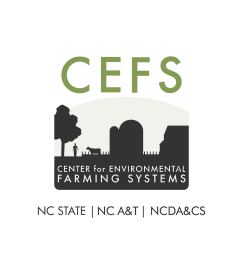The Glean Machine
According to the Food and Agriculture Organization of the United Nations, about 20% of healthy, nutrient-dense vegetable crops are left unharvested and sorted out in packinghouses. These crops are often left unharvested in the fields because the market will not support continued harvest, or the quality is not acceptable to traditional buyers that base their acceptance on appearance quality. Many horticultural crops are hand-harvested and produce the highest quality and most yield at the first, second, or third bearing cycle. According to research from the Whole Crop Harvest project at North Carolina State University, economically important crops such as cucumber, bell pepper, and sweet potato can be left unharvested at rates of nearly 5,000 pounds per acre, on average. In most fields, upwards of 50% of the crop remaining in the field (at the time of abandonment or destruction) is of wholesome, edible quality, and can include marketable quality as well.
Methods to collect the remaining crop are needed that enable gleaners to facilitate collection, provide options for growers to continue to market this yield, or to reduce the financial burden of donation. Harvest- or labor-aids are simple pieces of equipment designed to do one or a few physical tasks, in order to improve the efficiency of harvest. One example is a tractor mounted moving conveyor belt that carries watermelon from workers’ hands to a bulk bin on a truck. These aids are used to assist a field crew by reducing the physical demands of harvest; they are not designed to entirely replace the crew as a fully mechanical harvester might. Many types of aids exist, but they are typically specific to a single crop or function.
The design of NC State University’s Glean Machine reduces workers’ harvest effort and is also flexible enough to be used on a variety of crops. Intended for use by gleaning organizations, this harvest aid can improve the pick rate of gleaners so that more produce can be harvested and used and less lost in the field.
See this NCSU story on field use of the Glean Machine by the Society of St. Andrews, the largest gleaning organization in the U.S.
Click here to read a document on the construction and operation of the Glean Machine.
Contact Information:
Justin Macialek
Research Associate/Project Coordinator, Professional Engineer (PE).
Department of Biological and Agricultural Engineering, NCSU.
Email: jamacial@ncsu.edu

